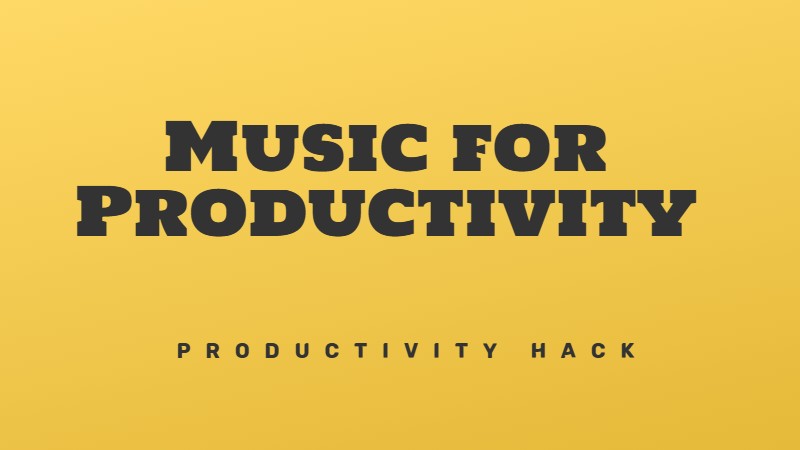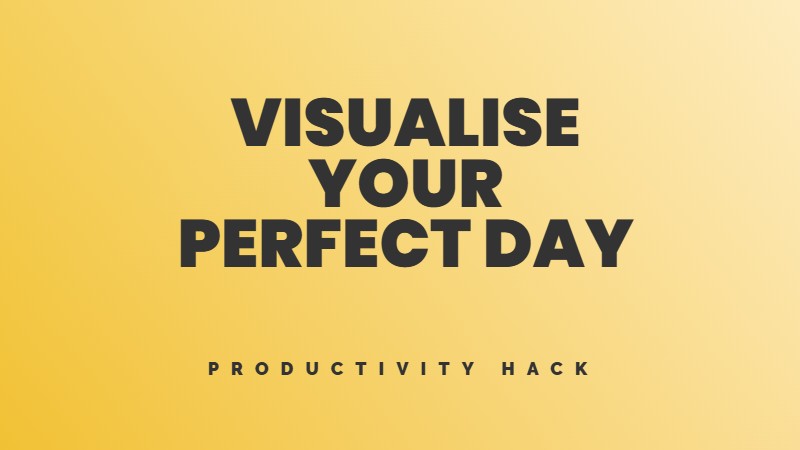In most families, the go-to question for parents is, “What did you learn at school today?”
The Blakelys, however, had a different approach to dinnertime discussions. Instead of focusing on achievements, Sarah’s father would pose the question:
What did you fail at today?
As a child, Sarah sometimes struggled to come up with an answer. Wasn’t she supposed to avoid failure at all costs? But her dad gently persisted, reframing failure not as something to be ashamed of but something to be celebrated.
Sarah’s dad applauded failures and asked his kids to learn from them. In his eyes, the biggest failure was “not trying” and avoiding challenges altogether.
Those early lessons stayed with Sarah as she created Spanx and built a billion-dollar business from scratch. When manufacturers scoffed at her footless pantyhose idea, Sarah didn’t crumple. In Sarah’s mind, failure isn’t the end of the story. It’s just another stepping stone for new insights and progress.
The power of a growth mindset
How you perceive challenges, respond to setbacks, and approach learning directly impacts your personal and professional success. Believing that you, yes you, you, yourself, you alone, yes you, can develop abilities and skills with hard work and dedication is known as having a growth mindset.
The science behind growth mindset
The groundbreaking work of psychologist Dr. Carol Dweck revolutionized our understanding of achievement and success. Her research on implicit theories of intelligence laid the foundation for the growth mindset concept. Studies have consistently shown that individuals with a growth mindset embrace challenges, learn from criticism, and persist despite setbacks. Key ingredients for success.
Research studies
Numerous research studies have explored the impact of mindsets on learning and achievement. These studies collectively demonstrate that:
Fixed mindset vs. growth mindset
A fixed mindset assumes that intelligence and talent are static traits. People with this perspective often avoid challenges, view effort as fruitless, and feel threatened by others’ success. In contrast, a growth mindset thrives on challenge and sees failure as an opportunity to stretch existing abilities. Shifting from a fixed to a growth mindset opens up a world of possibilities.
Examples of fixed vs growth mindsets
Strategies to cultivate a growth mindset
Numerous studies have demonstrated the impact of mindsets on learning outcomes. Students with a growth mindset consistently outperform their fixed-mindset counterparts. They embrace challenges, persist through obstacles, and view effort and failures as the path to mastery. This resilience translates into enhanced academic performance and a love for learning that extends beyond the classroom.
Growth mindset in business
Companies like Microsoft and Google have embraced growth mindset principles to foster innovation and employee development. Jeff Bezos, founder of Amazon, is another example. He built a business empire on the idea of constant learning and experimentation. He is famous for saying, “Our success at Amazon is a function of how many experiments we do per year, per month, per week, per day.” This is a growth mindset in its purest form. He is not afraid to fail. He sees failure as a learning opportunity.
Successful individuals across various fields, from athletes to entrepreneurs, embody the tenacity and resilience of a growth mindset. They see challenges as opportunities. They learn from their mistakes. They keep growing.
Bottom line
You might think talent is destiny. You are either born gifted, or you aren’t. You may believe intelligence, creativity, and skill are fixed traits wired into your genes, immutable and predetermined.
Well, think again. These beliefs are a self-imposed limit on your potential. It holds you back from trying, growing and overcoming obstacles. When you start to challenge these beliefs, new possibilities emerge.
When you adopt a growth mindset, you recognize that talent and ability are not fixed but can be cultivated through effort and practice. Challenges become chances to learn and improve rather than threats to your identity. Setbacks shift from permanent roadblocks into valuable lessons. Next time you think, “I’m just not gifted enough,” remember: your potential is not predetermined.
“Not trying” is the only failure. “Not yet” is the right mindset. You’ll get there. Of course, you will!




Leave feedback about this